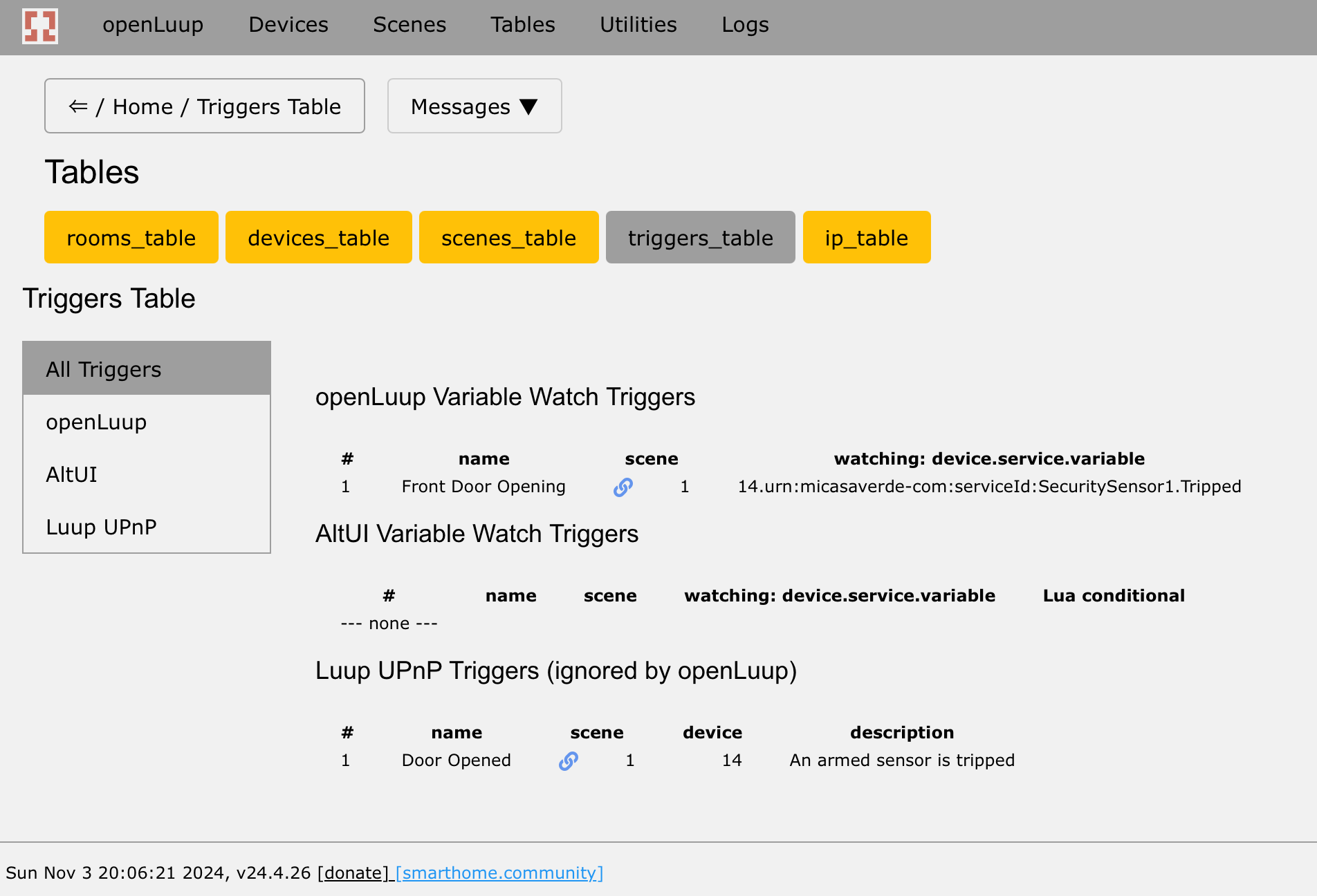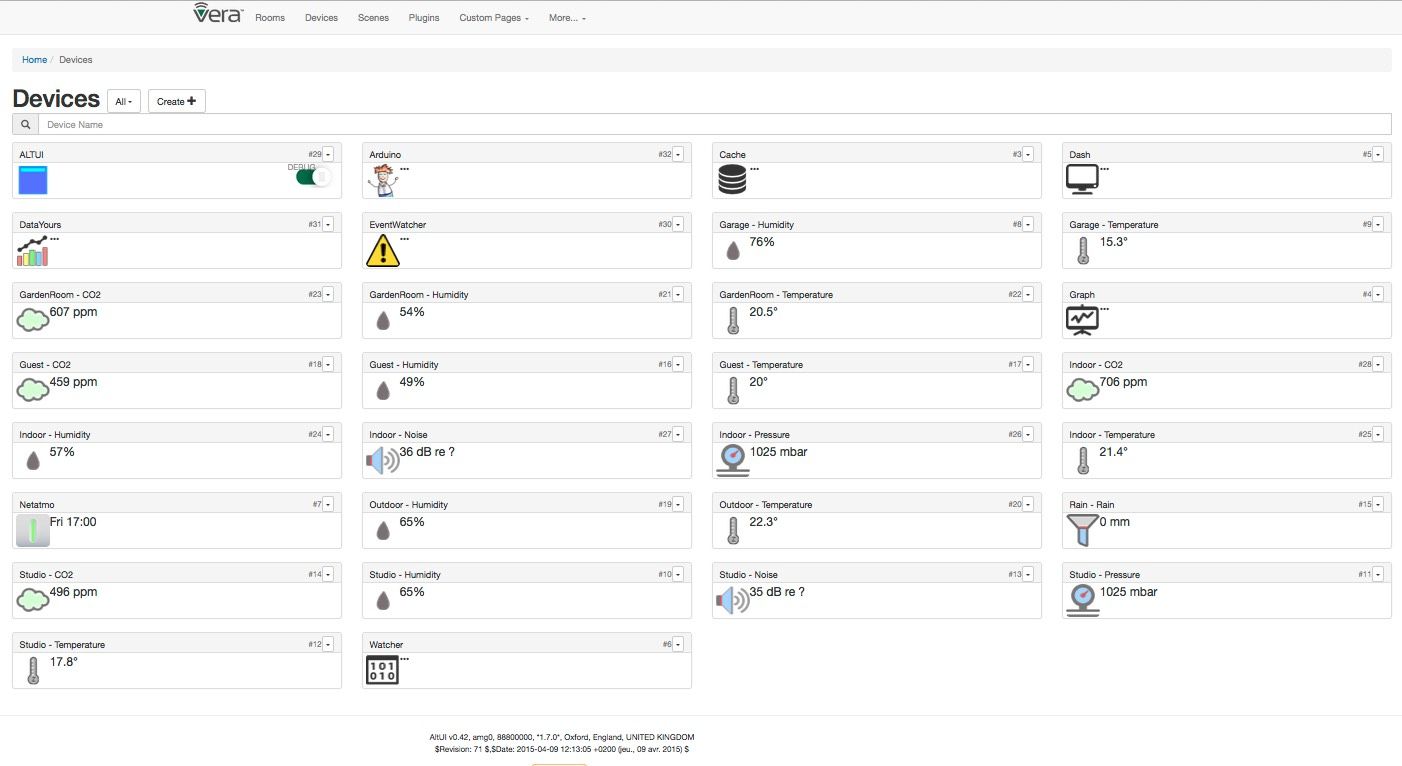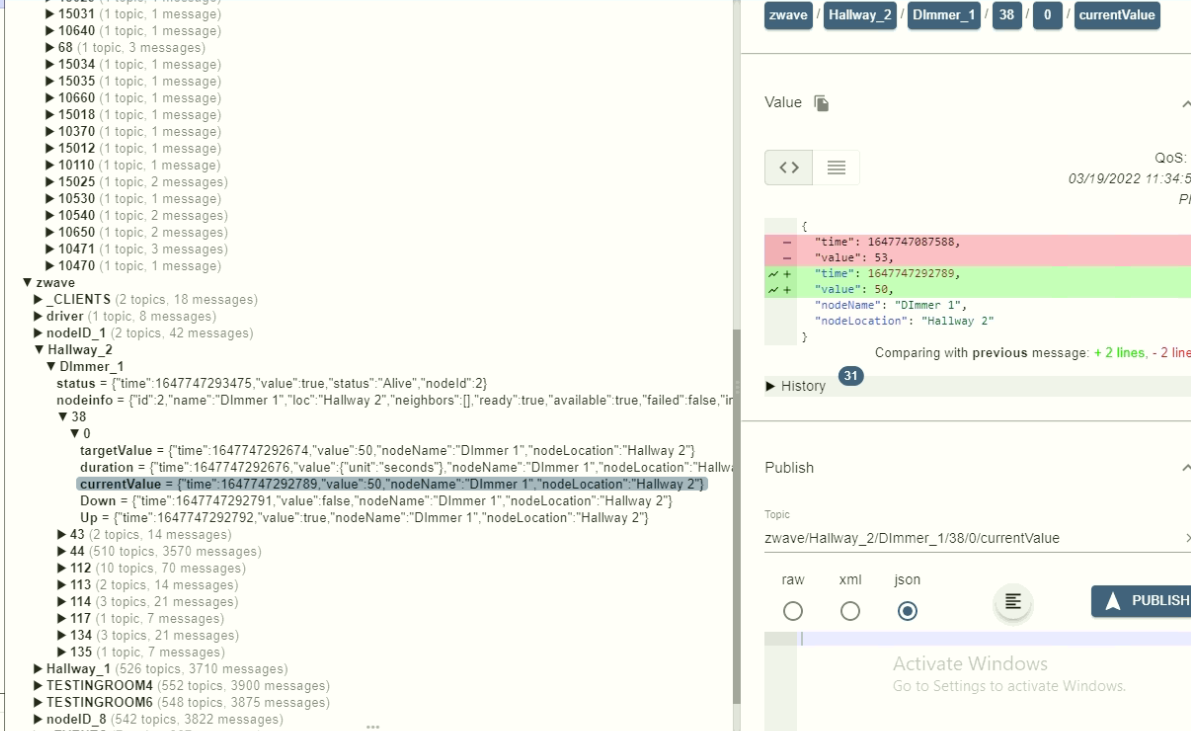OpenLuup via the command line
-
The basic openLuup command line allows you to specify a particular user_data file and/or use a different port for the HTTP server (which allows you to run several copies at once without interfering with each other... useful in development but otherwise pointless, particularly since you could do the same with different Docker images.)
-
Sorry all, my mistake I was just looking through the OpenLuup user guide and read the following on page 3, which part way down the overview section.
There’s actually no requirement for any user interface if all that’s needed is an environment to run plugins. There is a rudimentary console interface for examine some of the system objects and data,I interpreted that to mean there was some form of command line approach..
-
Sorry all, my mistake I was just looking through the OpenLuup user guide and read the following on page 3, which part way down the overview section.
There’s actually no requirement for any user interface if all that’s needed is an environment to run plugins. There is a rudimentary console interface for examine some of the system objects and data,I interpreted that to mean there was some form of command line approach..
@parkerc said in OpenLuup via the command line:
Sorry all, my mistake I was just looking through the OpenLuup user guide and read the following on page 3, which part way down the overview section.
There’s actually no requirement for any user interface if all that’s needed is an environment to run plugins. There is a rudimentary console interface for examine some of the system objects and data,I interpreted that to mean there was some form of command line approach..
Nope
http://$yourip:3480/consoleC




